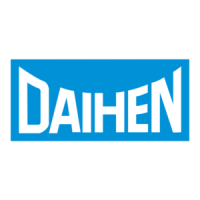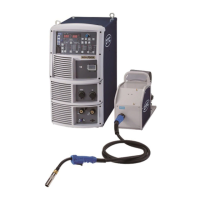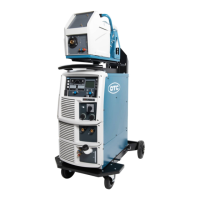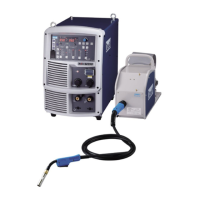MANUAL NO:P10224
G/MAG
OWNER'S MANUAL
FOR
MI
MODEL: CPDACA-200 P10224
INVERTER CONTROLLED WELDING POWER SOURCE
DO NOT DESTROY
IMPORTANT: Read and understand the entire contents of this
manual, with special emphasis on the safety material throughout
the manual, before installing, operating, or maintaining this
equipment. This equipment and this manual are for use only by
persons trained and experienced in the safety operation of welding
equipment. Do not allow untrained persons to install, operate or
maintain this equipment. Contact your distributor if you do not
fully understand this manual.
DAIHEN Corporation WELDING PRODUCTS DIVISION
Upon contact, advise MODEL and MANUAL
NO.
AC / MIG / 201




